Massage for Parkinson’s
The incidence of Parkinson’s disease in the United States is estimated at 1 million, with an additional 50,000 patients being diagnosed every year.
The most common signs of Parkinson’s disease are tremors, muscle rigidity, akinesia (temporary inability to move), dyskinesia (inability to execute specific voluntary movements at will) and loss of postural reflexes. The back posture becomes stooped, and the walk gradually turns to a shuffle as the arms stop swinging.
Can Massage Help?
According to a 2002 study conducted by the Touch Research Institute, massage therapy can improve many PD symptoms and function, from the reduction of rigidity and improvement of sleep, to the reduction of tremor and increase of daily activity stamina symptoms.
The underlying reduction in the neurotransmitter, dopamine, is the cause of many of the PD symptoms. Massage has been shown to have positive effect on the release of neurotransmitters, enhancing their calming influence.
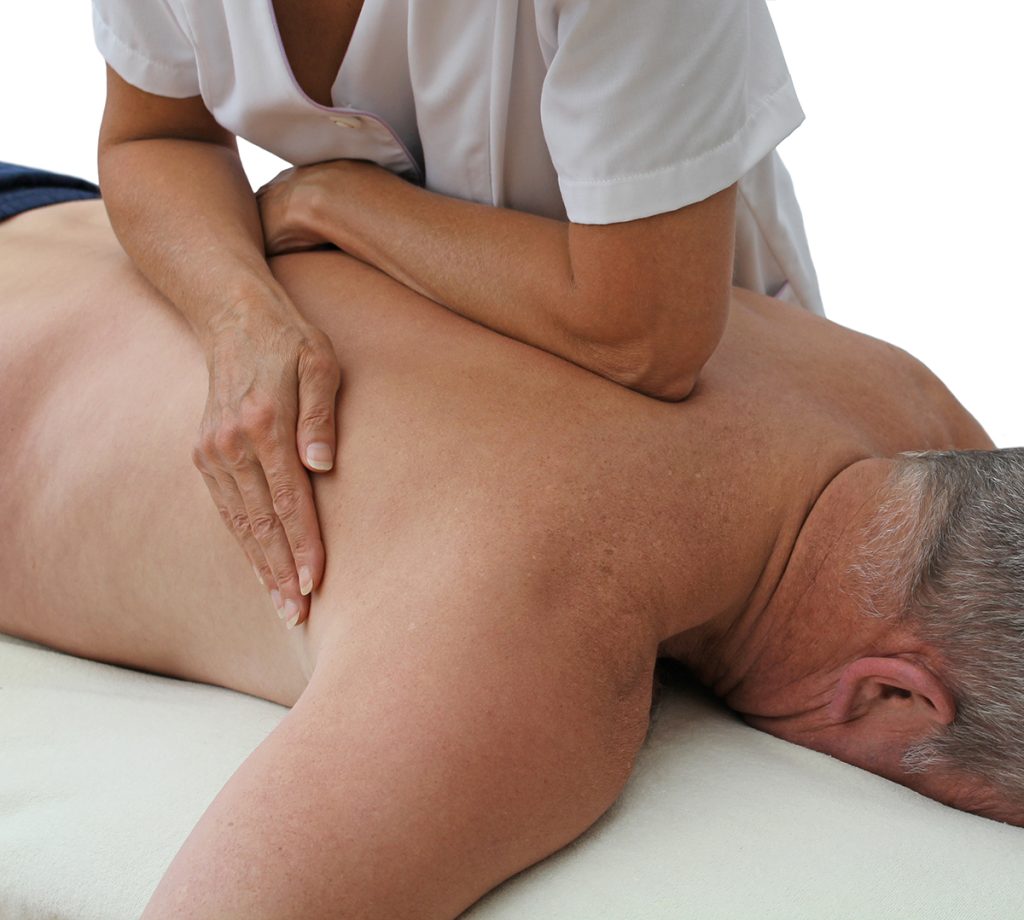
Other benefits of massage are:
- Improved Sleep and digestion
- Reduced Stress, Depression and Moodiness
- Relief for Cramping and Rigidity
- Less Fatigue and Anxiety
- Reduced Perception of Pain
Precautions
- Give a full medical history, including other injuries and conditions besides Parkinson’s.
- Use caution in areas with loss of sensation, light touch is best.
- Be careful getting on and off the massage table, balance issues may cause risk of falling.
What to Expect
Your therapist should take a complete health history, including a thorough list of treatments and side effects such as neuropathy, rigidity and skin problems.
But your therapist should also ask about other conditions or injuries you may have. You and your therapist should agree on goals for the session, and you should have a chance to explain your preferences for pressure, and the massage environment such as temperature, music, lighting, etc.
Disrobing: Massage can be done over your clothing (without oil) if your balance is an issue, and it’s too much trouble to dress and undress. If you decide to disrobe and you are concerned about falling, you can bring an aide with you, or ask your therapist for help.
During the massage, you will always be kept covered, observing your modesty and keeping you warm. Don’t hesitate to request that your therapist, or someone else help you on and off the massage table.
Position and Turning over: Some people have trouble turning over due to rigid or weak muscles. If you feel like a fish out of water lying on your stomach, just ask your therapist to work with you lying on your side instead. In this position your therapist still has good access to massage your back muscles, and you won’t feel helpless or confined.
How to Find a Practitioner
Check with your city or state to find out what the basic requirements are for massage therapists.
Get a few names and numbers and start calling. Your interview should include questions about training and experience in general practice, and also experience with clients like you. Ask about office environment and policies.
Choose a practitioner that has extra training and experience working with cancer patients. A more complicated health history indicates that the therapist’s expertise is more important. Also, in some cases it is best to get your doctor’s approval.
Most of all, massage should never hurt, and if it does, you should say something. A conscientious massage therapist will constantly seek your feedback during the massage to make sure that the treatment is within your comfort zone the entire time. If you don’t feel that your feedback or concerns are (or will be) addressed, you’re not in the right place.
You can search the MedFit Network for a massage therapist in your area, or search the American Massage Therapy Association’s Massage Therapist search.
Kathy Flippin’s passion is to offer excellent therapeutic massage, and educate her clients on how they can take the best care possible of themselves. Kathy is the owner of Dynamic Touch Massage and has been a Sports Massage Therapist since 1997. Her clients include everyone from professional athletes to active grandmothers.

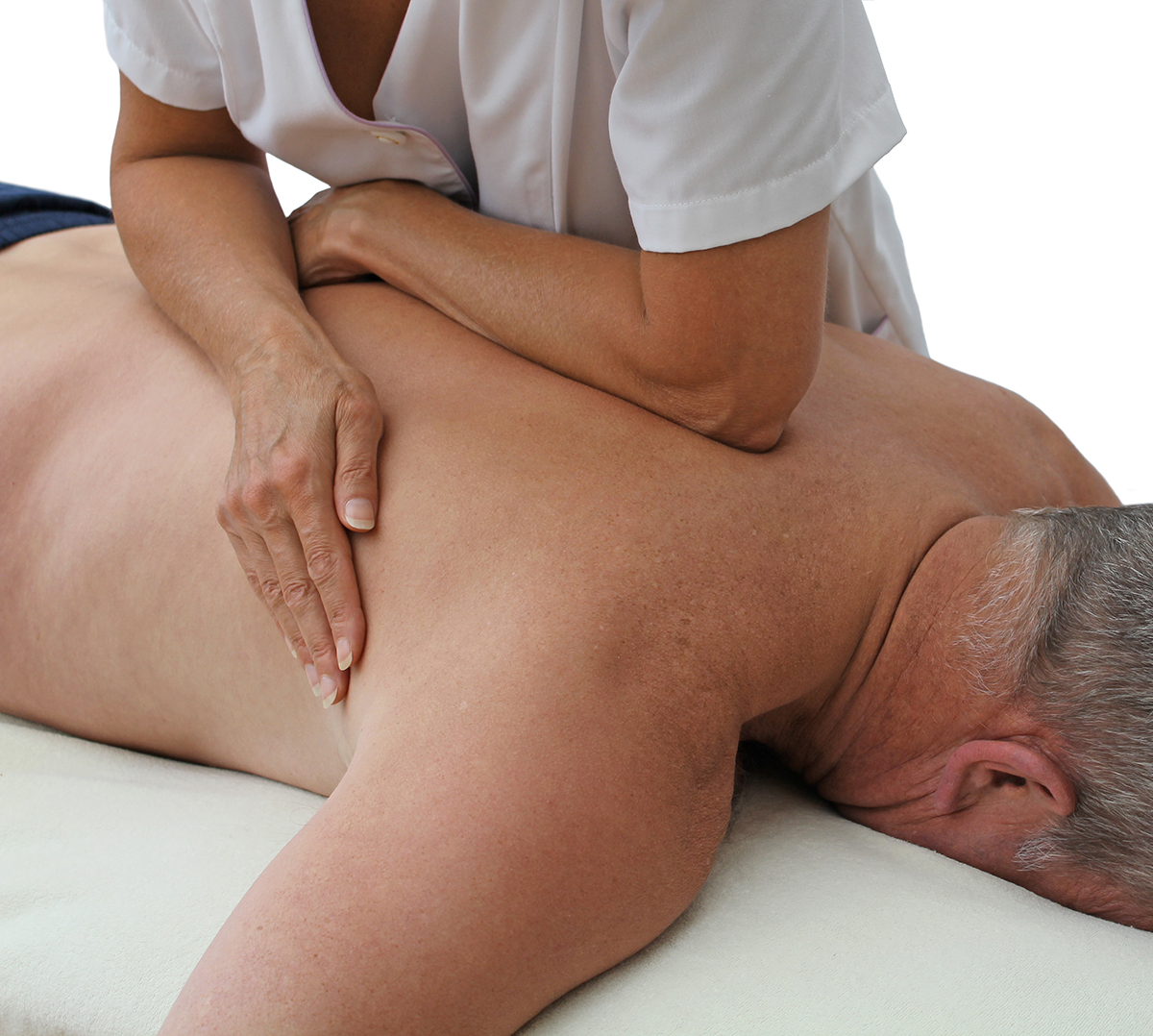
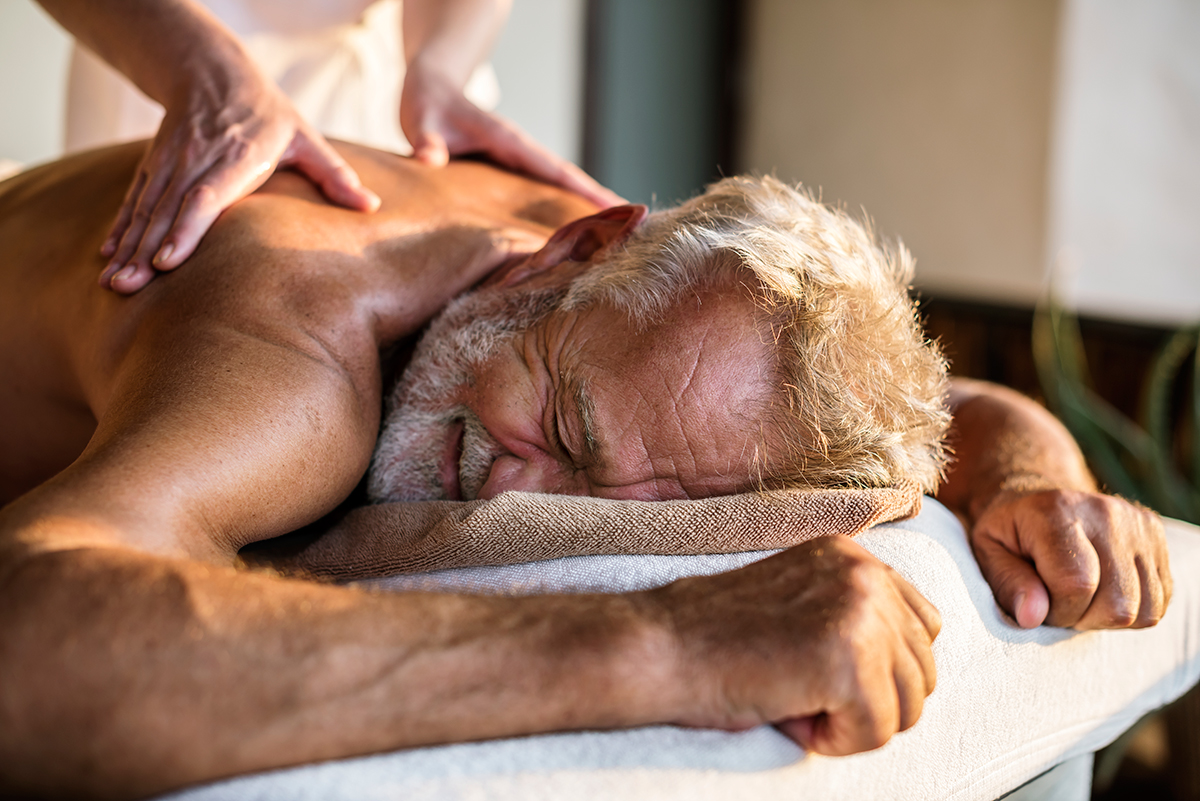
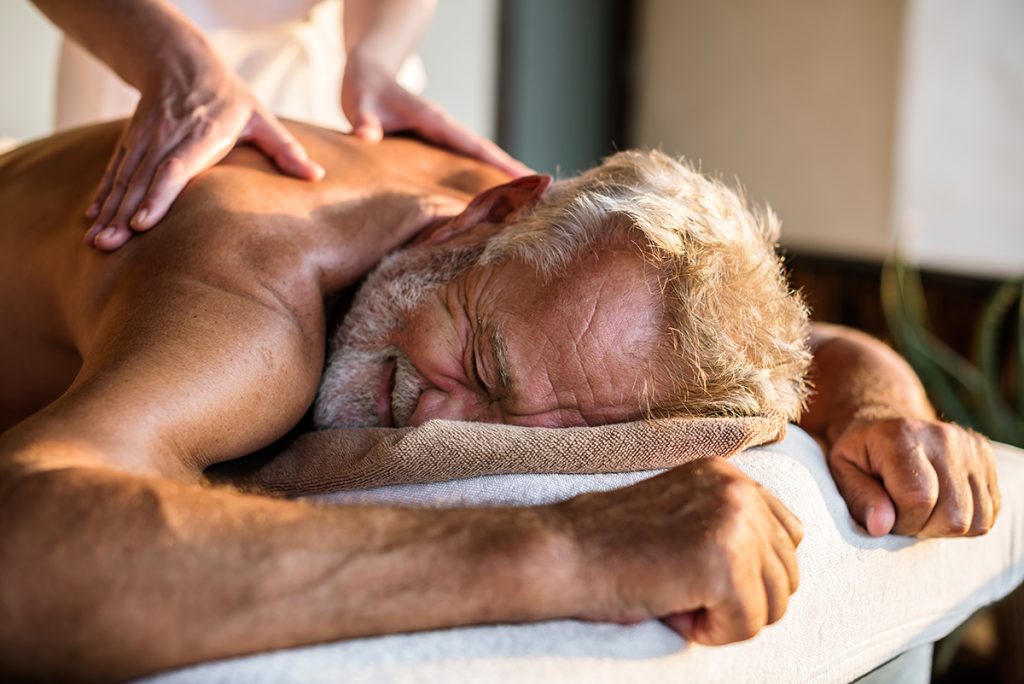

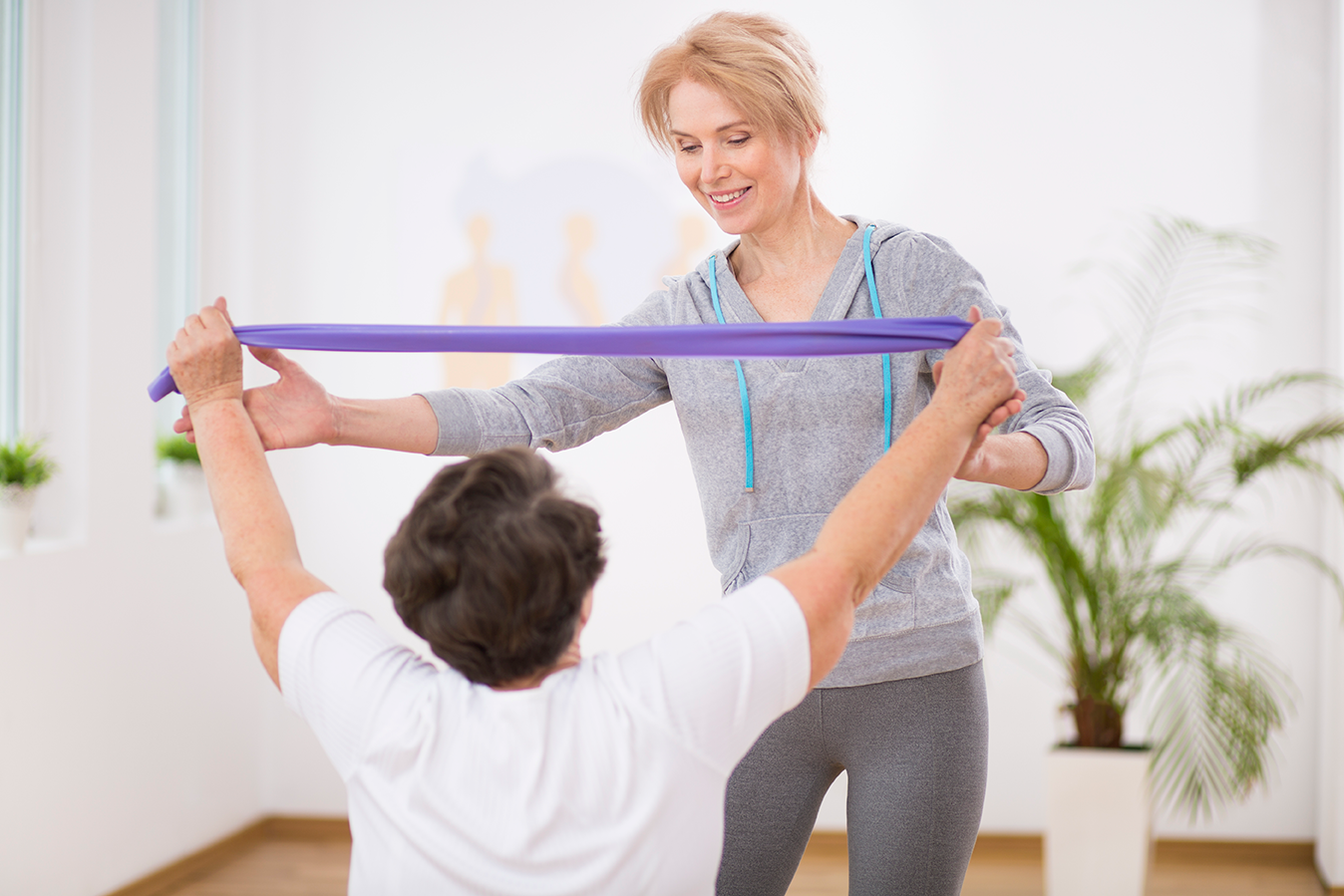


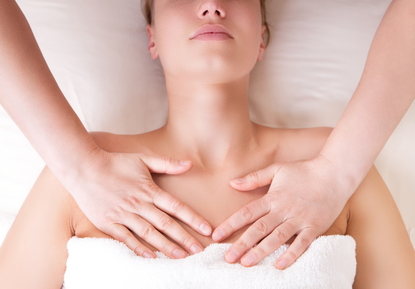





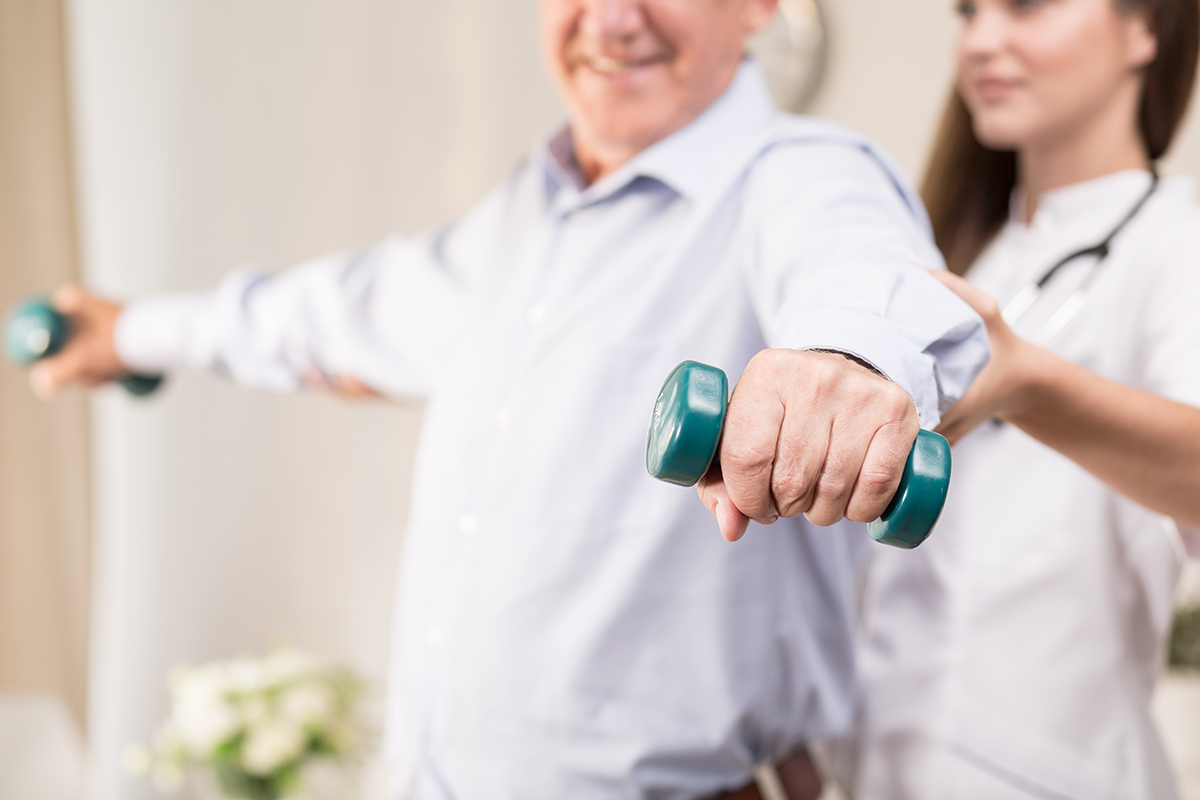
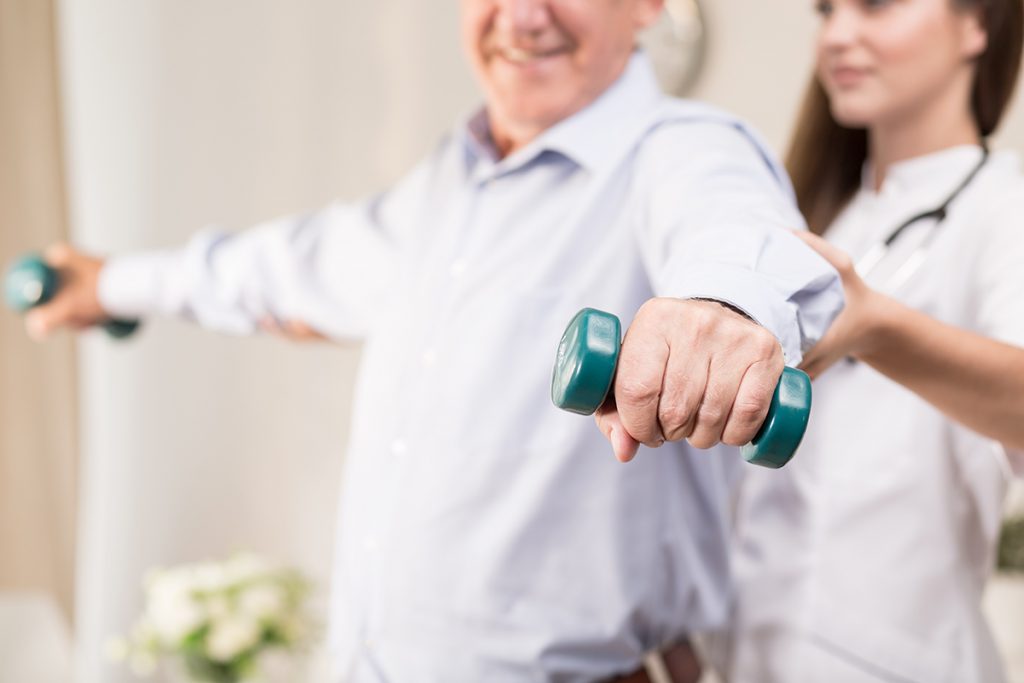 If fitness and exercise are well accepted as part of the management strategy for multiple diseases, why is it that access to organized exercise plans, and fitness professionals who can help implement those plans, are not a standard part of the medical treatment paradigm? Why is it not a standard benefit covered by common medical insurance policies?
If fitness and exercise are well accepted as part of the management strategy for multiple diseases, why is it that access to organized exercise plans, and fitness professionals who can help implement those plans, are not a standard part of the medical treatment paradigm? Why is it not a standard benefit covered by common medical insurance policies?